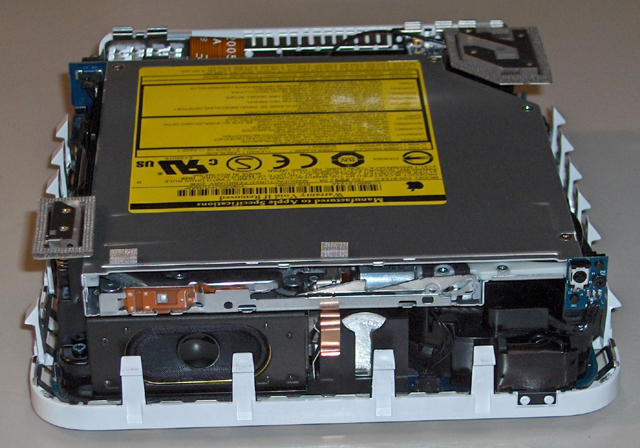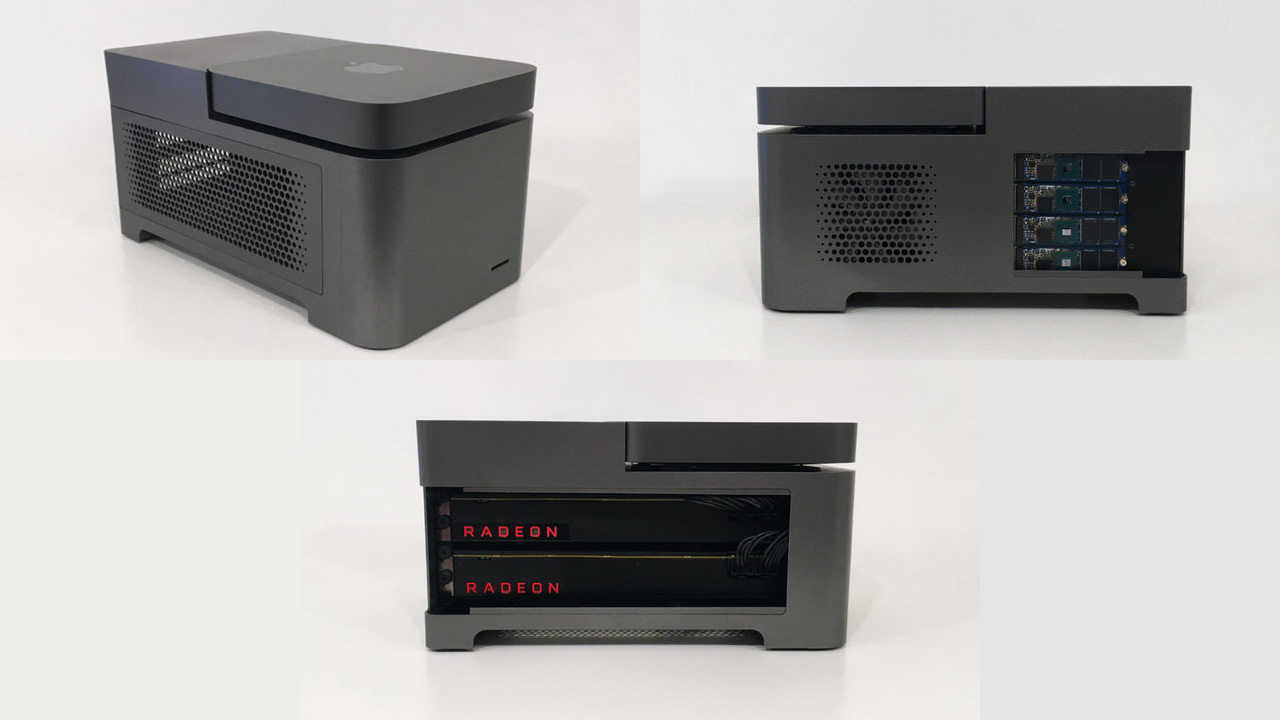

- #REPLACE MAC MINI GRAPHICS CARD FOR MAC#
- #REPLACE MAC MINI GRAPHICS CARD FULL#
- #REPLACE MAC MINI GRAPHICS CARD PRO#
- #REPLACE MAC MINI GRAPHICS CARD CODE#
- #REPLACE MAC MINI GRAPHICS CARD PC#
Only once we get to NVIDIA’s GTX 1650 and better does the M1 finally run out of gas. At both Normal and High settings it’s well ahead of any other integrated GPU, and even a discrete Radeon RX 560X. Overall, the M1’s GPU starts off very strong here. Overall this isn’t an entirely fair test since the Mac Mini is a small desktop rather than a laptop, but as M1 is a laptop-focused chip, this at least gives us an idea of how M1 performs when it gets to put its best foot forward. This is one of our regular benchmarks for laptop reviews as well, so it gives us a good opportunity to compare the M1-based Mac Mini to a variety of other CPU/GPU combinations inside and outside the Mac ecosystem. Kicking off our look at GPU performance, let’s start with GFXBench 5.0.
#REPLACE MAC MINI GRAPHICS CARD FULL#
This means the entry-level Air gets the weakest GPU on paper – trailing a full M1 by around 12% – but it will be interesting to see how the shut-off core influences thermal throttling on that passively-cooled laptop. Meanwhile for the Macbook Air, it depends on the SKU: the entry-level model gets a 7-core configuration, while the higher-tier model gets 8 cores.
#REPLACE MAC MINI GRAPHICS CARD PRO#
The Mac Mini and MacBook Pro get chips with all 8 GPU cores enabled. A Educated Guess At Apple GPU Specificationsįinally, it should be noted that Apple is shipping two different GPU configurations for the M1. M1’s integrated GPU isn’t just designed to outpace AMD and Intel’s integrated GPUs, but it’s designed to chase after discrete GPUs as well. Overall, A14’s 4 core GPU design was already quite potent by smartphone standards, so an 8 core design is even more so. Unfortunately we have even less insight into GPU clockspeeds than we do CPU clockspeeds, so it’s not clear if Apple has increased those at all but I would be a bit surprised if the GPU clocks haven’t at least gone up a small amount. Overall, with M1 being A14-but-bigger, Apple has scaled up their 4 core GPU design from that SoC to 8 cores for the M1. various GPU texture and surface formats), but by and large the difference is abstracted away at the API level.
#REPLACE MAC MINI GRAPHICS CARD FOR MAC#
Apple will have needed to tweak their design a bit to account for Mac sensibilities (e.g.
#REPLACE MAC MINI GRAPHICS CARD CODE#
To be sure, native CPU code is still going to produce better results since a workload that’s purely GPU-limited is almost unheard of, but the fact that existing Metal (and even OpenGL) code can be run on top of Apple’s GPU today means that it immediately benefits all games and other GPU-bound workloads.Īs for the M1 SoC’s GPU, unsurprisingly it looks a lot like the GPU from the A14. Meanwhile, unlike the CPU side of this transition to Apple Silicon, the higher-level nature of graphics programming means that Apple isn’t nearly as reliant on devs to immediately prepare universal applications to take advantage of Apple’s GPU. By switching to their own silicon, Apple finally gets to put their money where their mouth is, so to speak, by building a laptop SoC with all the GPU performance they’ve ever wanted. So it’s been clear for some time now that Apple has long-wanted better GPU performance than what Intel offers by default. And when they couldn’t fit a dGPU in the 13-inch model, they instead used Intel’s premium Iris GPU configurations with larger GPUs and an on-chip eDRAM cache, becoming one of the only regular customers for those more powerful chips.

Whereas many of Intel’s partners were happy to ship systems with Intel UHD graphics and other baseline solutions even in some of their 15-inch laptops, Apple opted to ship a discrete GPU in their 15-inch MacBook Pro.
#REPLACE MAC MINI GRAPHICS CARD PC#
And from a performance standpoint, it’s arguably an even bigger deal than Apple’s CPU.Īpple, of course, has long held a reputation for demanding better GPU performance than the average PC OEM. Like their CPU cores, Apple has been developing their own GPU technology for a number of years now, and with the shift to Apple Silicon, those GPU designs are coming to the Mac for the very first time.

While the bulk of the focus from the switch to Apple’s chips is on the CPU cores, and for good reason – changing the underlying CPU architecture if your computers is no trivial matter – the GPU aspects of the M1 are not to be ignored. Section by Ryan Smith M1 GPU Performance: Integrated King, Discrete Rival


 0 kommentar(er)
0 kommentar(er)
